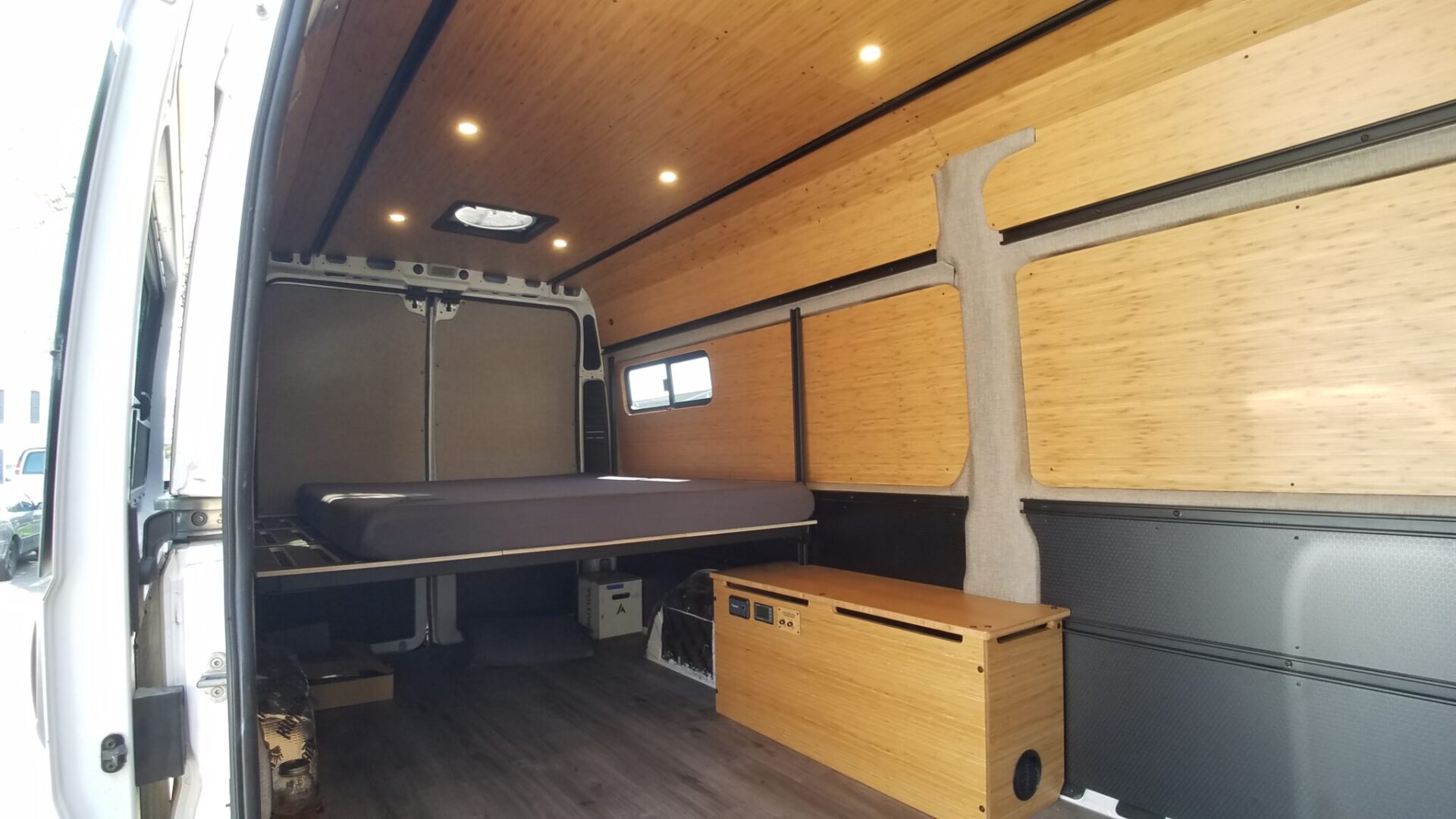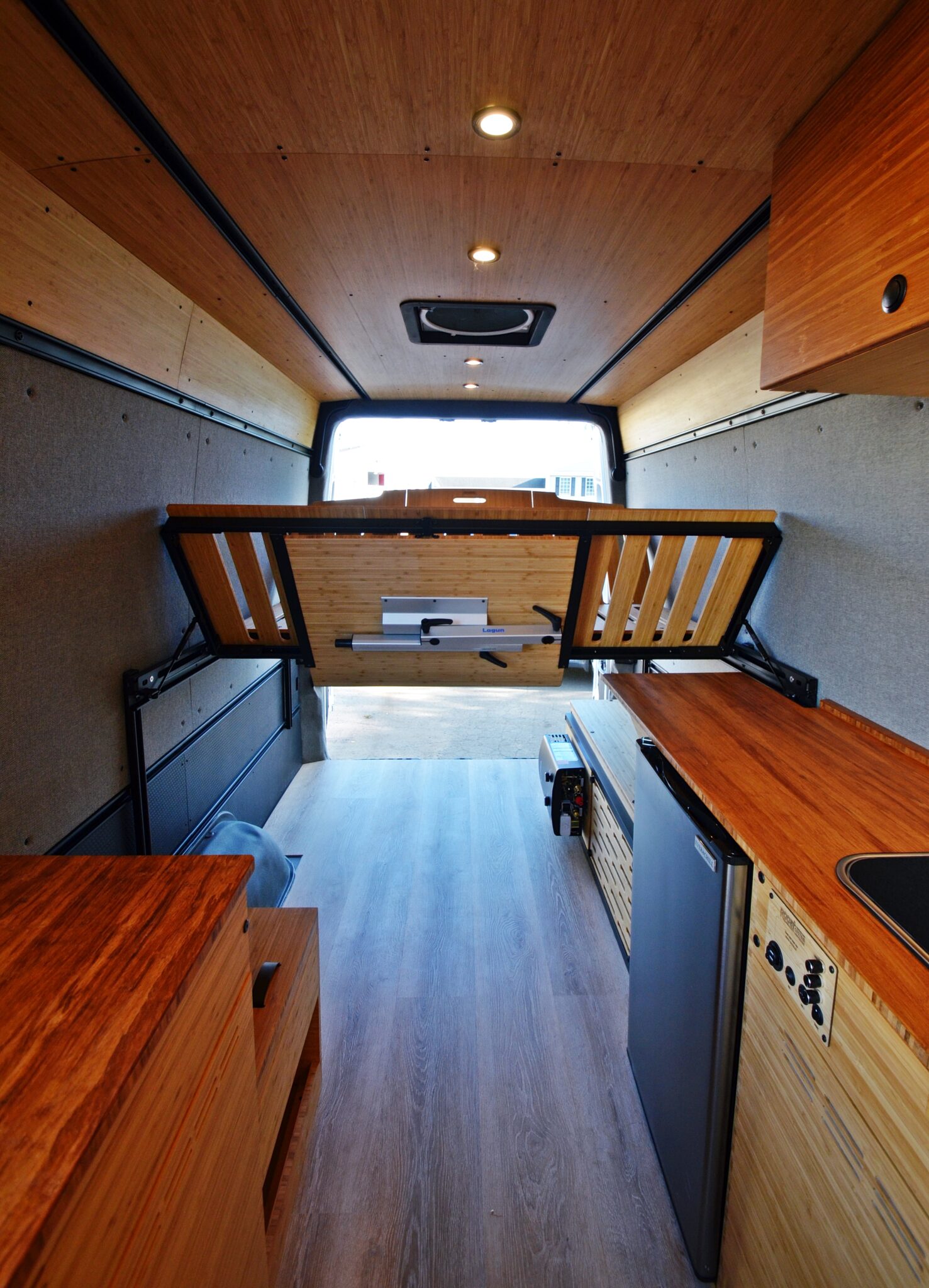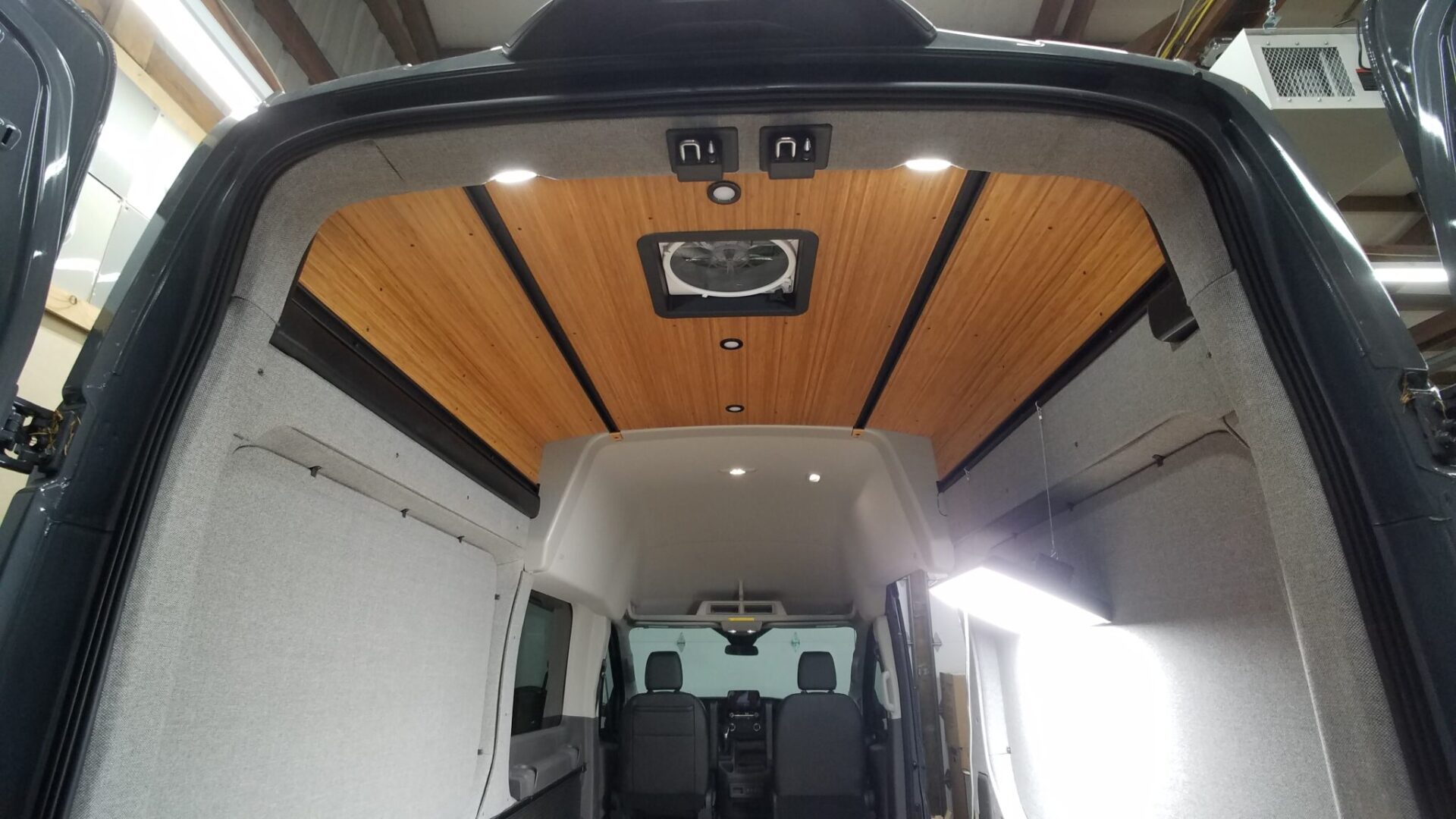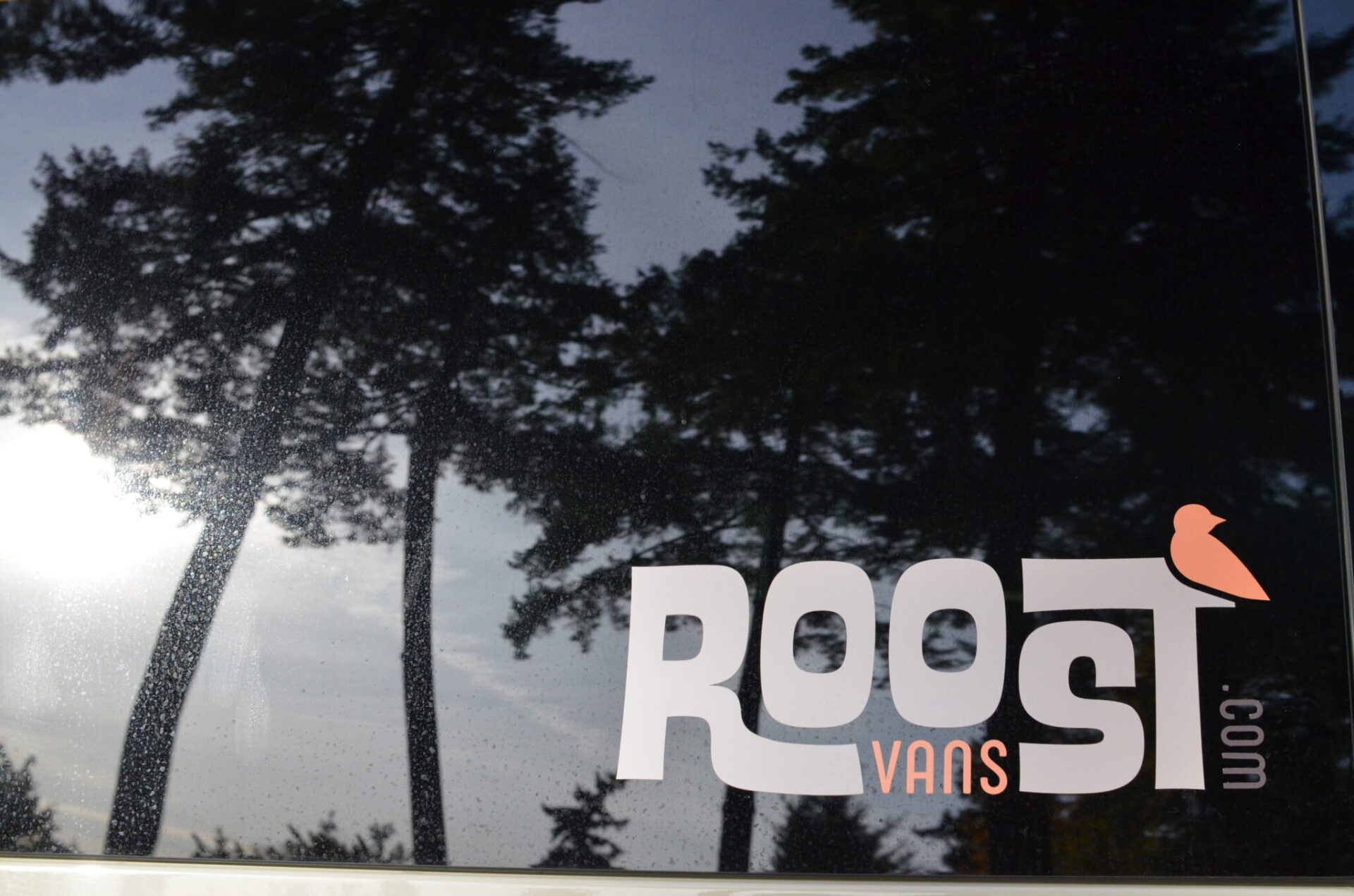There are many different resources available online about building out a camper van… From blogs and videos, to social media groups. Sometimes it can feel like an information overload. At Roost Vans we like to be somewhat in the middle…
Do you want a professional, high quality build at a good value? Are you wanting to DIY the whole thing? Maybe you want to hire Roost Vans to do the hard parts, and you do the rest? We like to provide the van life community with an approach that meets your budget, skill set, schedule, and everything in between. In this blog, we are going to break down the 3 major decisions you should consider when diving head-first into the van world.
1. Platform
You’ve made the big decision to buy a van, but you don’t know where to begin. You have probably heard of the 3 most popular vans on the market: Sprinter, Transit, and Promaster. Which is right for you? They are all great vans, but they have different strengths and weaknesses. It really comes down to the process of elimination. Let’s do a comparison of the three vans to help you choose the best one for your needs.
Sprinter
Sprinters are known to be one of the most luxurious and comfortable vans. They are available in rear-wheel drive, all-wheel drive, and 4×4. Sprinter vans also have a high resale value. That being said, they are going to be the most expensive van and not as fuel-efficient as the Transit or Promaster. If your budget allows for it, a Sprinter Van is going to be a very valuable option.
Transit
The Transit is known for its fuel efficiency, cargo capacity, and affordability. Just like the Sprinter van, Transit vans are also available in rear-wheel drive, all-wheel drive, and 4×4. It is going to be the most fuel-efficient van and has the widest range of trim levels and options.
Promaster
The Promaster is a very versatile van known for its affordability and customization options. Of the 3, it is going to be the most affordable van. Promasters are available in a variety of body styles and have good fuel economy for a van of its size. That being said, it won’t be as luxurious or comfortable as the Sprinter or Transit vans.
So, which van should you choose?
For the more budget concsious person, we would recommend a Transit van, particularly if you plan to buy new (but we will get into that later). It is the most fuel-efficient and the cargo space gives you more room to work with.
If the budget allows for it, Sprinter would be the best option because of its reliability. The Sprinter has a lot of aftermarket parts and accessories available. This makes it easier to find the things you need to build your camper van.
This leaves Promaster being the least desirable all around. The curved roof and metal supports can make it more difficult to insulate or run plumbing through. On the other hand, buying a Prosmater can save you money on the purchase price of the van and it will give you the most space.
Finally, one last insider tip that is worth mentioning would be that you find a van that already has the basic configuration the way you want it. This will save you money, rather than paying to modify it. For example: A cargo van is going to give you way more bang for your buck than a passenger van when doing a full conversion. You will pay for a lot of finished interiors with a Passenger van that ends up getting torn out. Also, Buying something with the window configuration you want will save you thousands in adding new windows. Lastly, for a heavier build, buying a 2500 or 3500 is way less expensive than having to beef up the suspension to support the build.
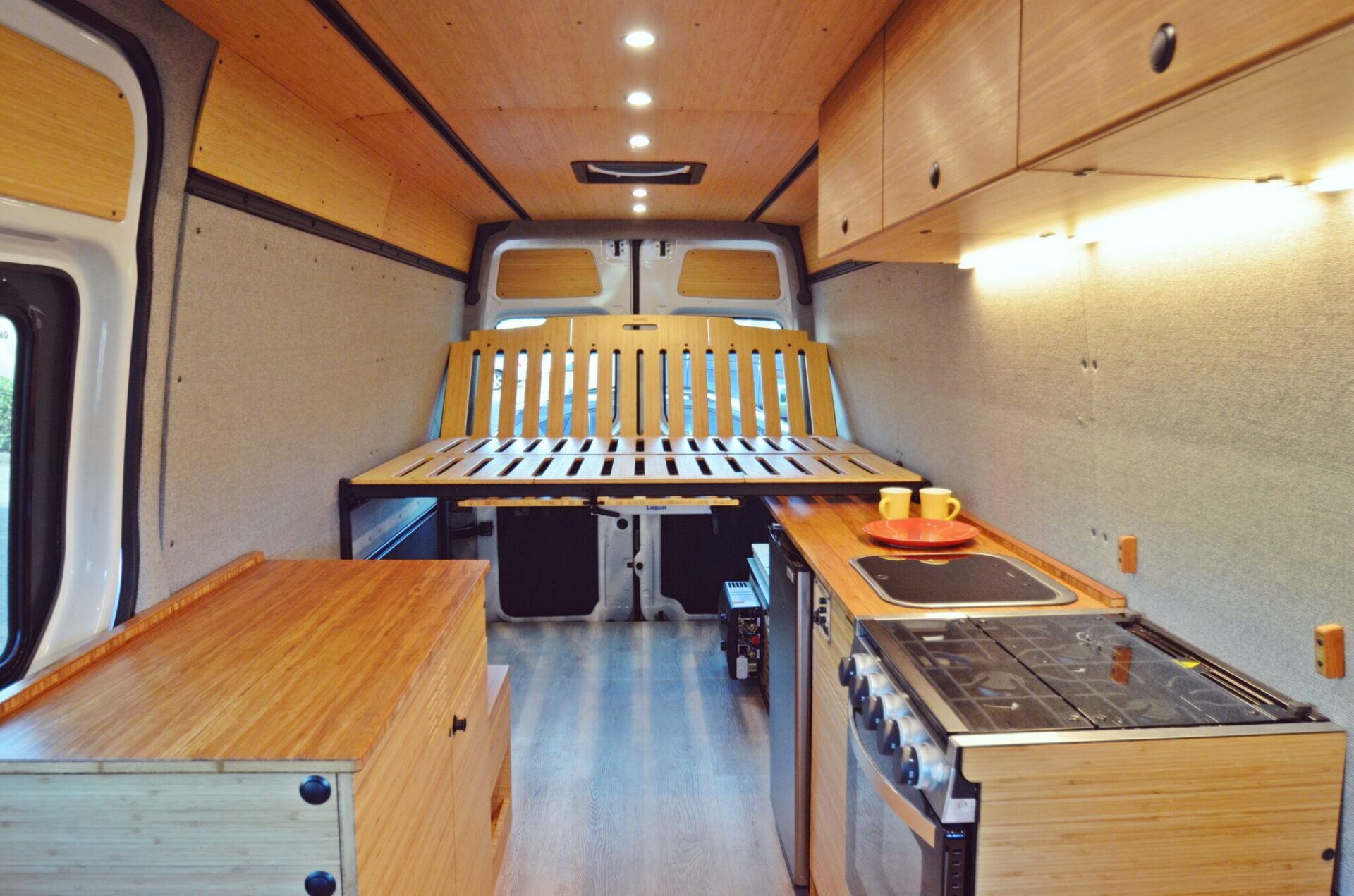
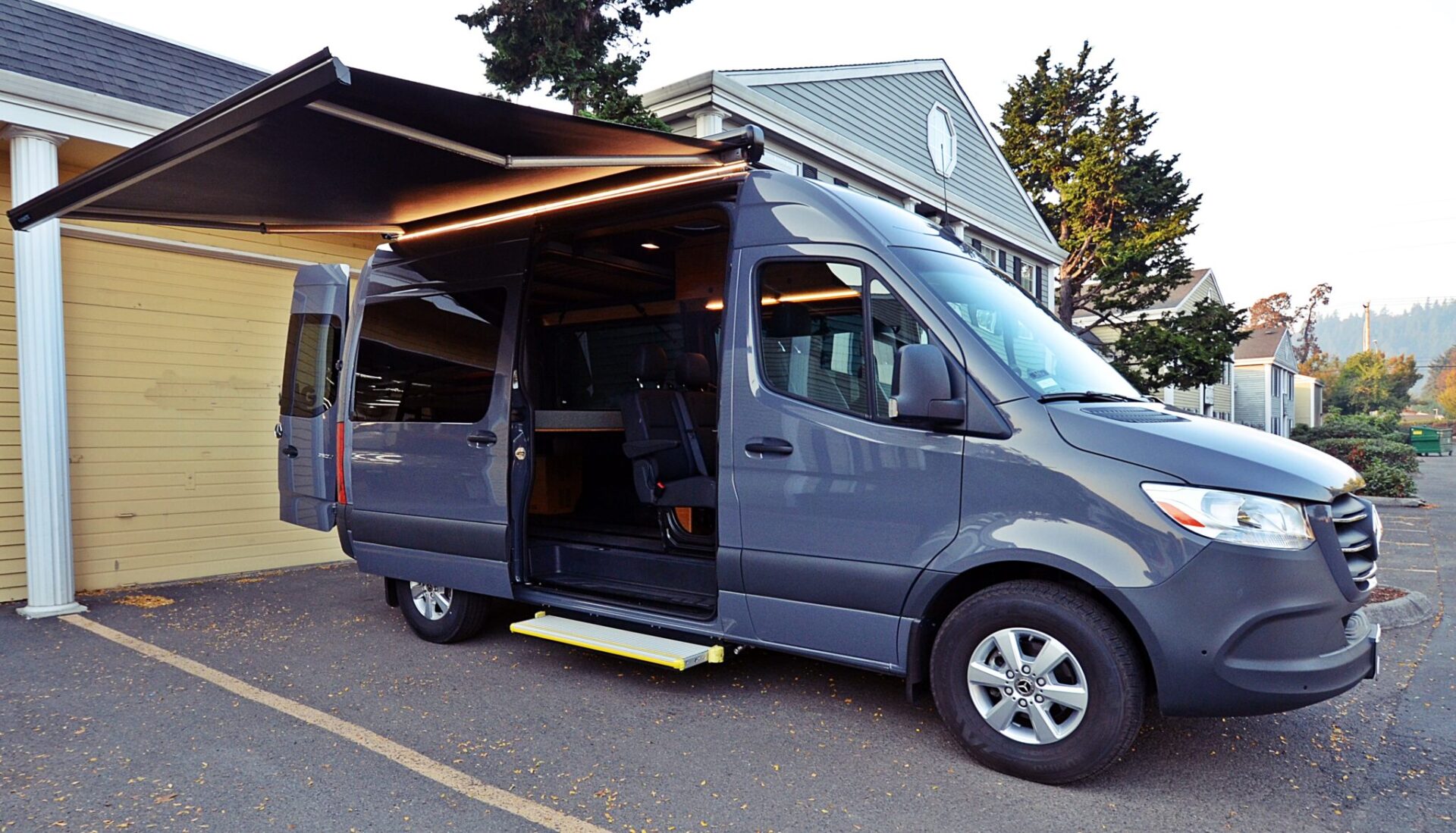
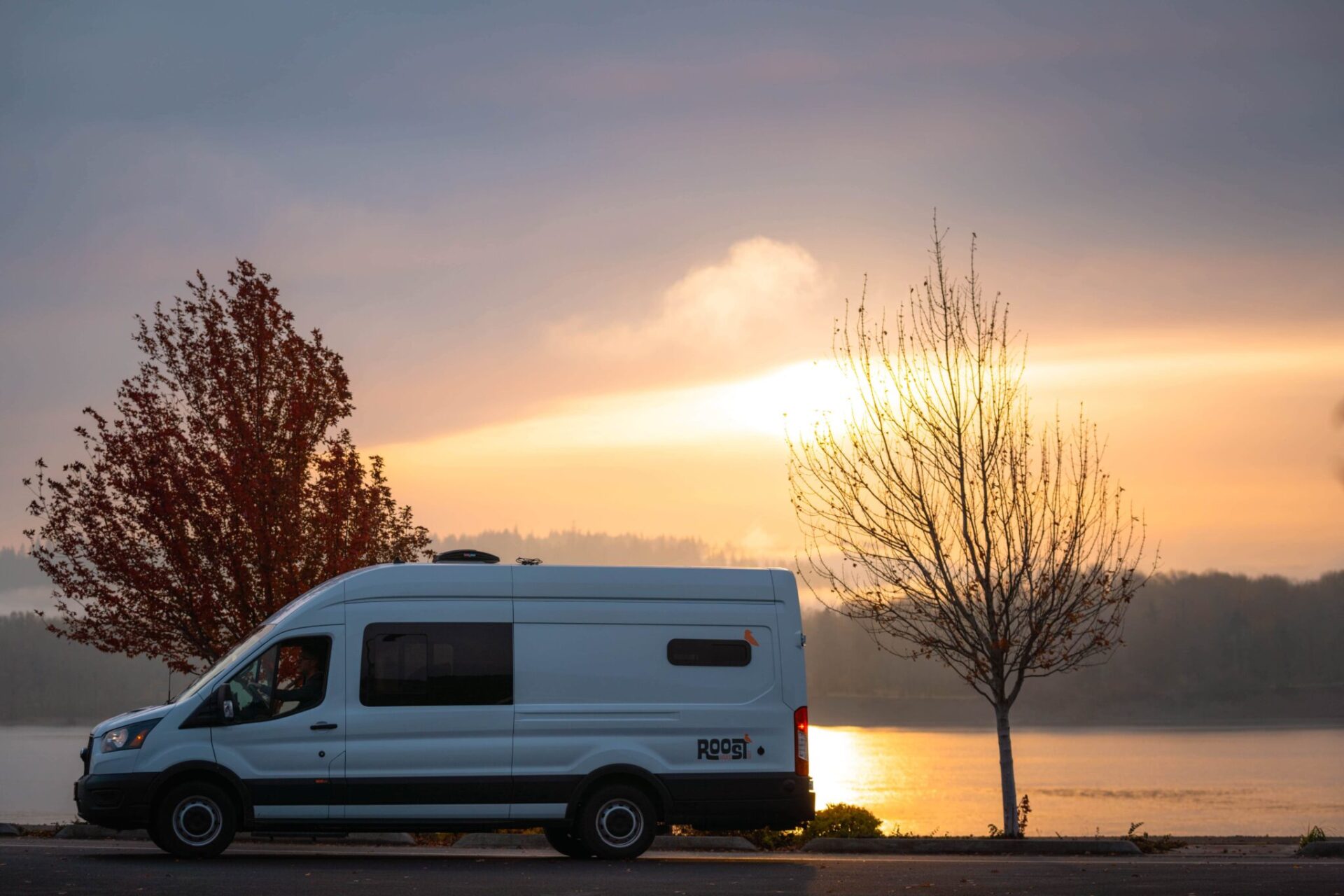
2. New vs. Used
One of the most important decisions is whether to buy new or used. Buying a new van will come with the latest features and technology, and will often have a warranty, which can give you peace of mind. New vans are definitely more expensive than used vans, but you know exactly how the van has been driven and maintained.
The most obvious pro of buying a used van is that they are typically less expensive than new vans. You can still find vans with the features and options you want, even if they’re not the latest model. Sometimes used vans may have hidden problems that aren’t apparent during a test drive.
So, which is the better option?
The answer ultimately depends on your budget. Generally speaking we would recommend something under 10 years old, and less than 100k miles. Anything older is probably not worth putting the money into finishing it out. It could be like putting lipstick on a pig. Roost Vans product line (and most modern build product lines) are for 2008 and newer. We think a safe window would be buying 2 to 5-year-olds.
Just remember to do your research. Consider buying a van from a private seller, as they are often more willing to negotiate on price than dealerships. If you’re planning to finance your van, getting pre-approved for a loan will give you an idea of how much you can afford to spend. If you’re not happy with the price or the condition of a van, don’t be afraid to walk away. There are plenty of other vans available. Be patient: Buying a van on a budget takes time. Don’t get discouraged if you don’t find the perfect van right away. Keep looking and you’ll eventually find the perfect van for you.
3. Conversion
You’ve got the van… now what? The most important part of the conversion process is HOW you are going to convert your van into the van of your dreams! We have an entire blog post on the pros and cons of hiring someone to build out your van for you OR building it out yourself. You can read that blog HERE.
In this blog we want you to consider the option in-between: a Hybrid build. Perhaps you want to go the DIY route but have a fear of getting the wiring or plumbing wrong. Or maybe you want to get the basics done, take it on the road, and come back later to add more. That’s where we come in. Roost Vans is great at meeting you right in the middle.
One of the most popular types of builds we offer is our Core Build. A core build can be a standalone project, or the first step of a full build in a multi-phase incremental buildout, allowing the customer to finish their van in phases.
Our core builds always start with our Smooth Rail Mounting system. This provides a permanently accessible, strong, and secure mounting point for most van build components and accessories. Components installed to our mounting system can be installed, temporarily removed, or re-positioned without the need to remove paneling or drill additional holes in your van. Most components can be removed or replaced in minutes with simple tools. Once our van rail system is installed, the possibilities are endless. Our Core Build also includes: our core electrical wiring system, insulation and sound suppression, ventilation, wall paneling, doorway treatments, and flooring.
Sometimes customers like having Roost’s professional installers do the bare metal vehicle work, allowing them to conduct other portions of the build themselves… projects more suited to their talents and available tools. We sell a very large array of van products that you can order online and install yourself.
If you’re serious about converting a van into a camper van, please feel free to reach out to Roost Vans. We would be happy to answer any questions you have!
